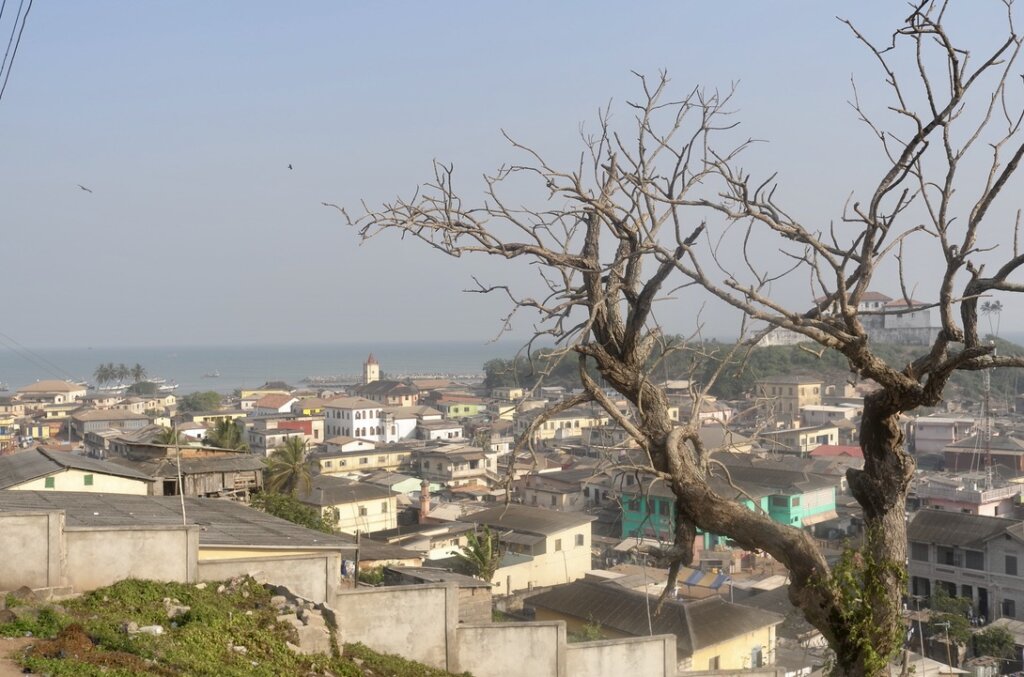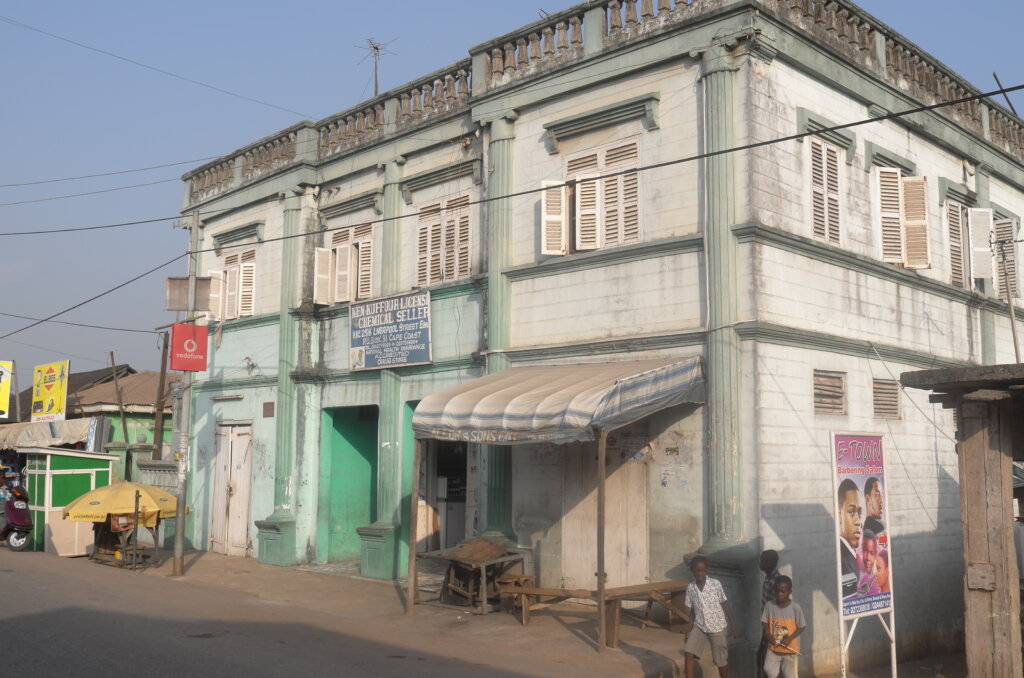The European powers which established themselves on the Gold Coast from the 15th century projected their power through networks of forts built along the coast.
The Portuguese built St George’s Castle at Elmina in 1482, which makes it Africa’s oldest European building. They initially traded gold and ivory with the local kingdoms. They dominated that trade until the early 1600’s when the Dutch started to dislodge them from their forts and became the leading power on the Gold Coast. By the the middle of the 17th century, the global price of gold had dropped as supply from the New World increased. At the same time, the plantations of the Americas and West Indies had an increased need for labour. That triggered the start of the slave trade and the European forts of the Gold Coast were re-purposed to drive the slave trade. Most of the slaves sent to the Americas during a 150 year period passed through the “gate of no return” of one of those Gold Coast forts.
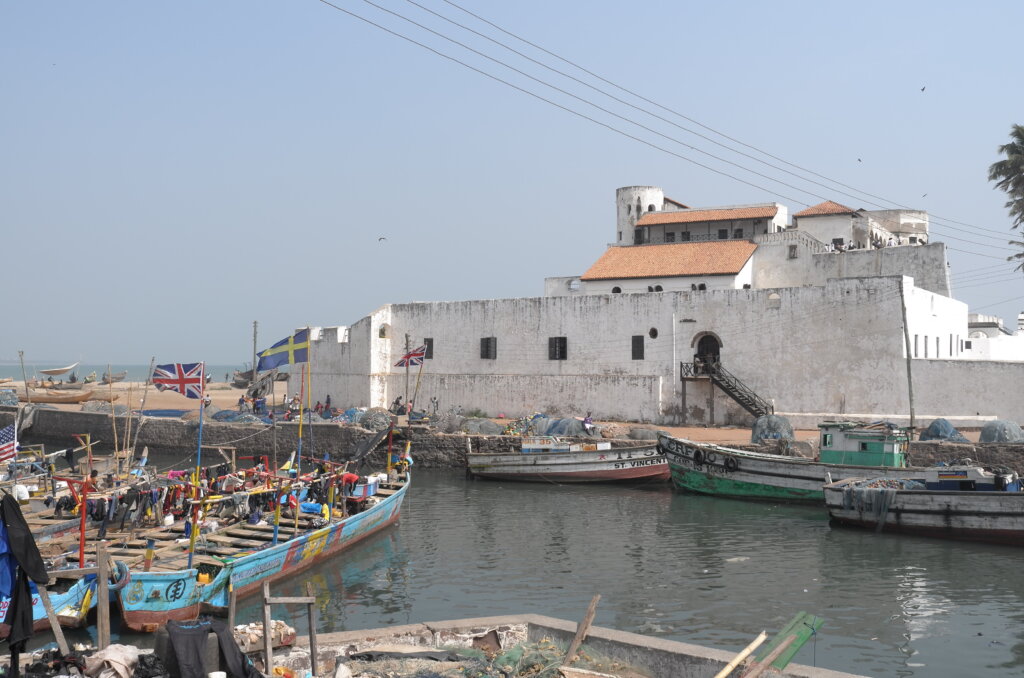
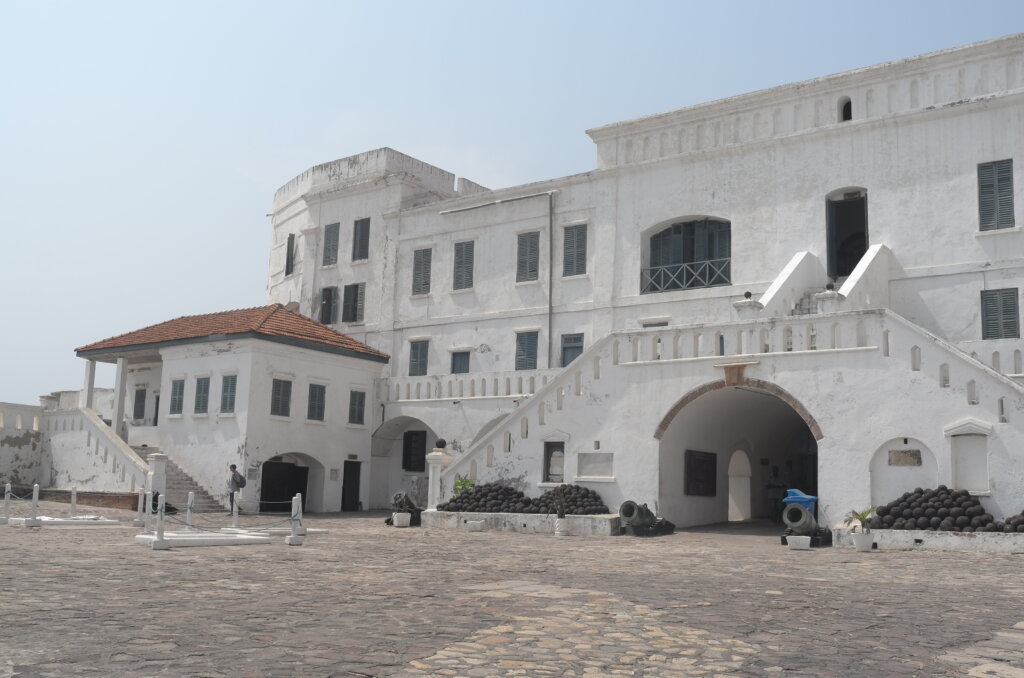
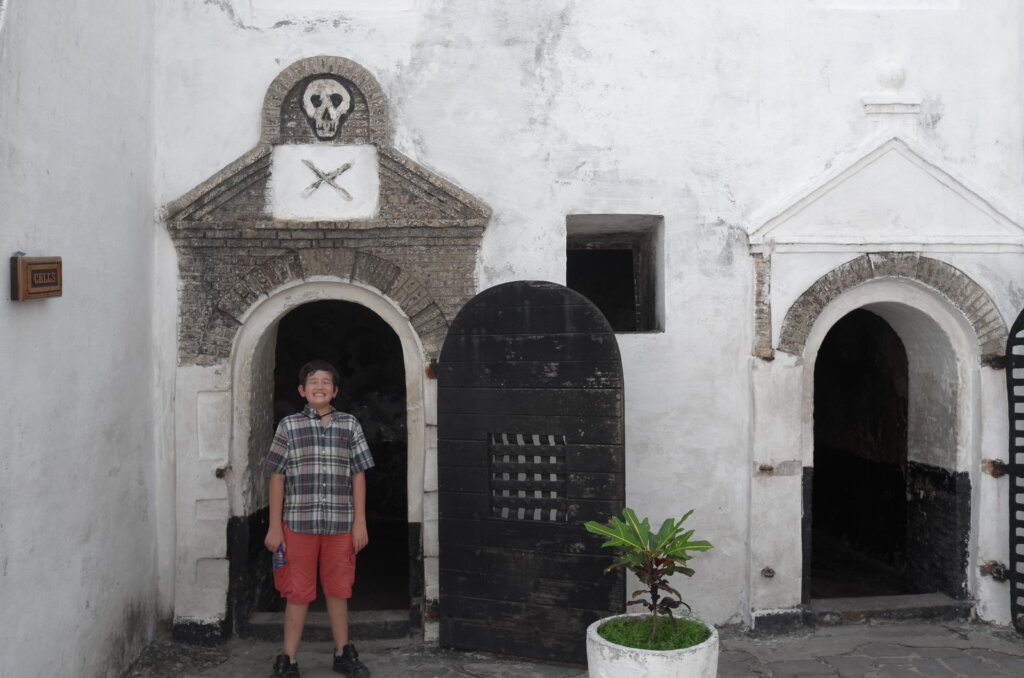
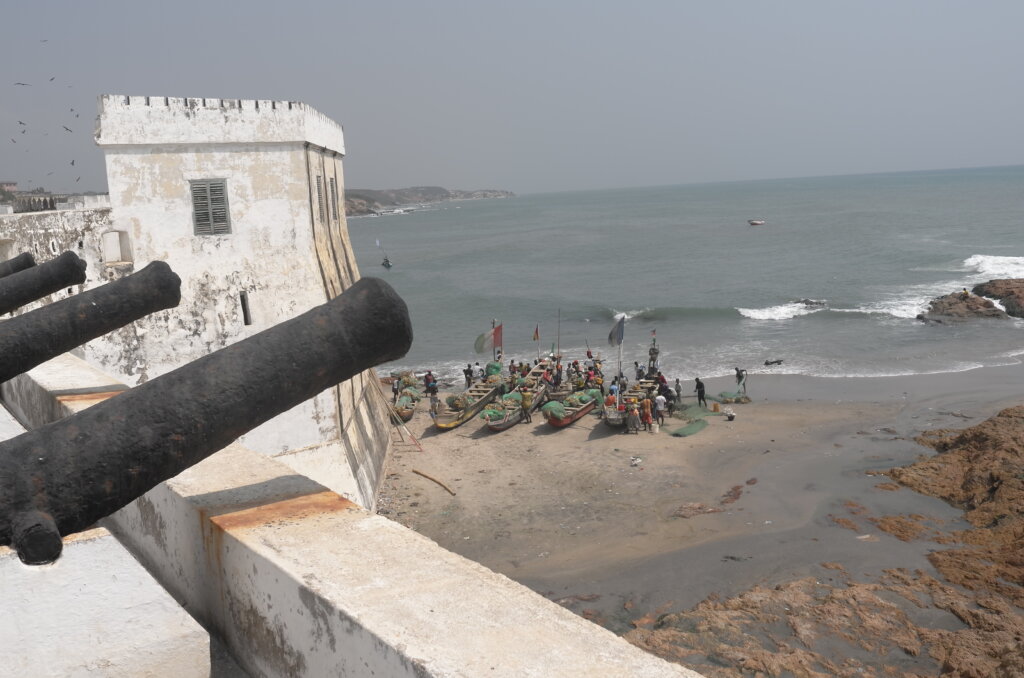
Today, about half of the 60 forts built on the Gold Coast survive. Incongruous white monoliths sitting on rocky outcrops above small fishing villages. The towns around the larger castles of Elimina and Cape Coast still have a whiff of their colonial past. Their streets lined with run down grand merchants’ houses and churches. People bearing exotic names like Van Dijk, D’Almeida or Wilson, a distant echo of the liaisons of Europeans with local women.
